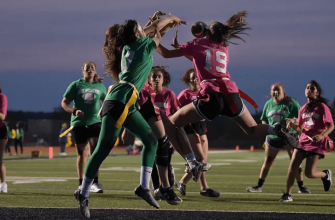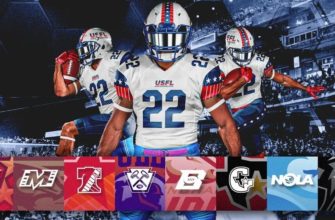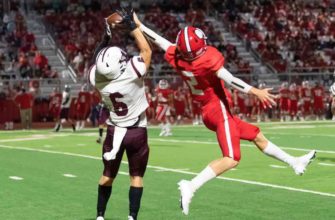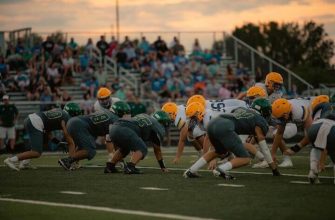Every ardent fan of football is well aware of the sight of professional players adorned with seemingly odd accoutrements. Among these accessories, one of the most intriguing is the humble towel. Players are often seen with towels hanging from their waistlines, inviting curiosity and questions from spectators and novice players alike. Why do football players wear towels? Are they just a fashion statement or do they serve a practical purpose? This article aims to explore and answer these questions, offering an in-depth understanding of this widely adopted practice.
Purpose of Towels in Football
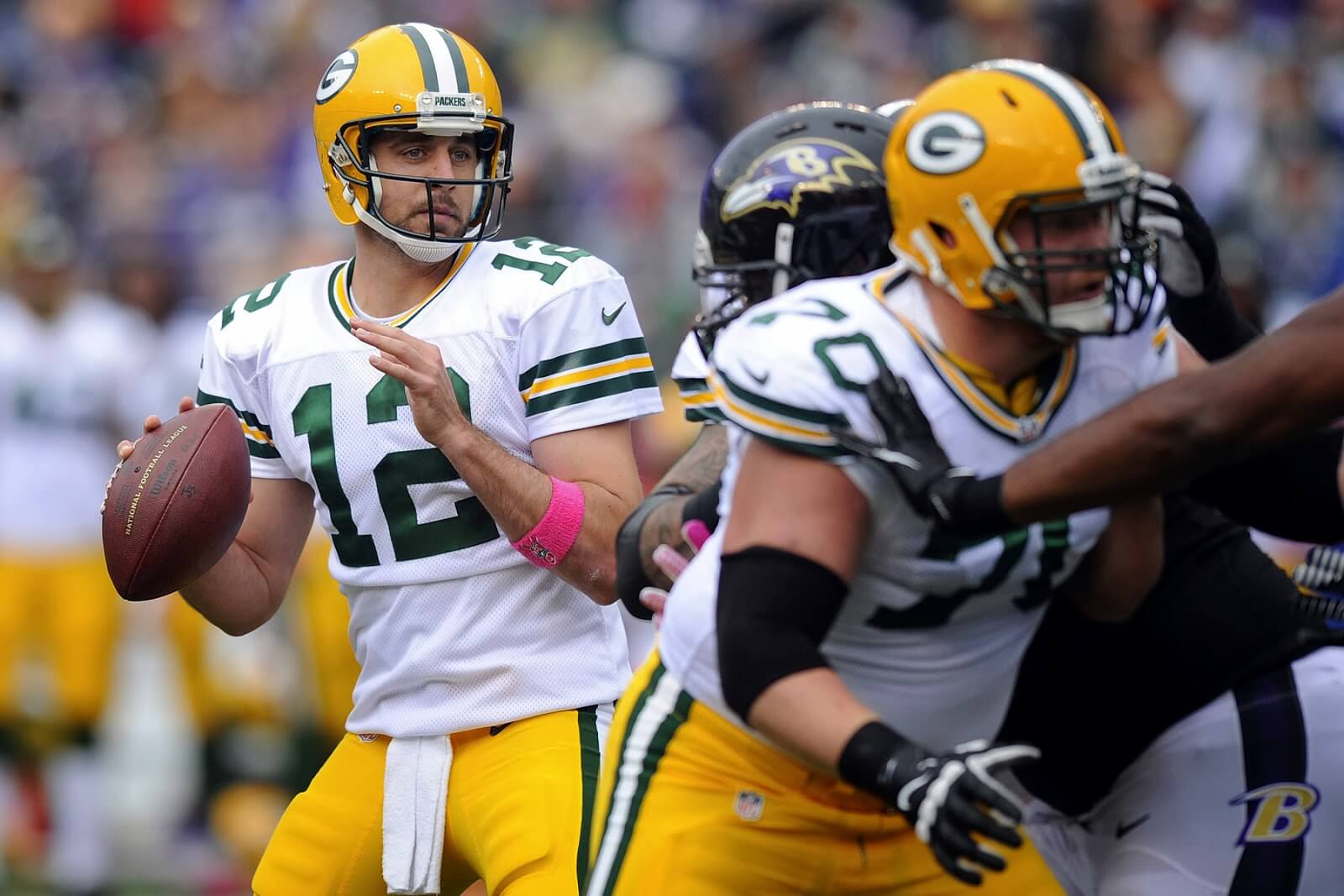
To better understand the purpose of towels in football, dive into the realm of sweat management and cleaning and drying. Discover how these essential sub-sections offer solutions to the challenges football players face on the field.
Cleaning and Drying
Towels in football are important for cleaning and drying. They help maintain visibility and grip on the ball, as well as absorb moisture from the playing surface. After training or games, towels are used to dry players off and apply cold compresses to injuries. Towels also keep equipment clean.
Microfiber towels are great for absorbing sweat without leaving residue. It’s a good idea to have multiple towels on hand, so they can be swapped out when needed. Towels should be washed and disinfected regularly. Coaches and medical staff should provide guidelines for towel usage. Players should also be taught how to wring out towels and store them properly.
By utilizing towels correctly, teams can ensure cleanliness, comfort, and safety on the field. Sweat management in football is like a wet game of Twister – you never know which player’s towel will end up wiping your face!
Sweat Management
Football towels are key to sweat management during matches and training. They let players wipe away sweat, keeping them dry and pleasant. Also, these towels prevent sweat from dripping onto the playing surface, avoiding slips and falls. Moreover, they help maintain grip and control over the ball, boosting performance. Plus, in hot weather, towels provide a cooling effect when placed on the neck or forehead. These towels are made with absorbent materials for effective management of sweat.
Sports Science Research Institute states that using towels can improve endurance and reduce fatigue. Towels in football show that even the smallest fabric can have a great effect, or make a handy makeshift sling.
Practical Uses of Towels
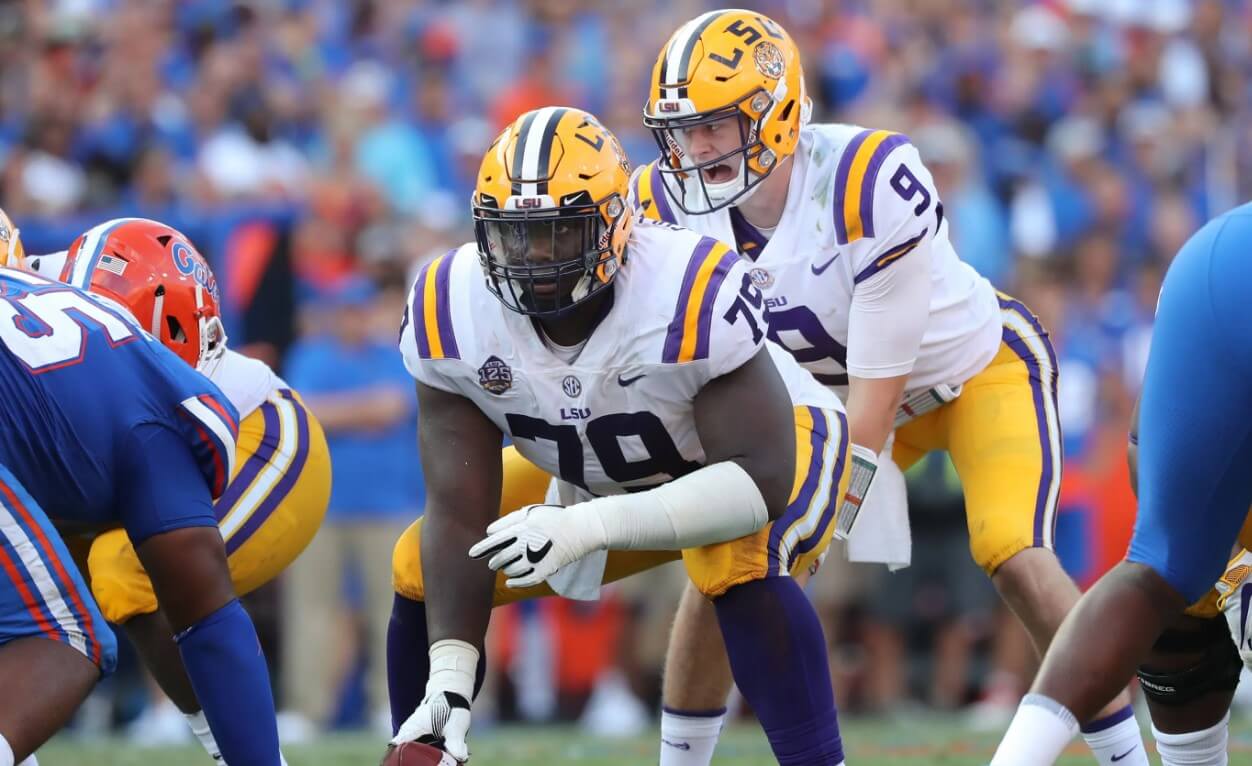
To effectively tackle the practical uses of towels in football, explore the section “Practical Uses of Towels” with its sub-sections: wiping hands and face, cleaning eyewear, and removing grass and dirt.
Wiping Hands and Face
- Wash your hands and face with warm water and mild soap.
- Then, use a clean, soft towel like cotton to pat your skin dry. Go gently, especially around the T-zone – no rubbing!
- Rotate towels regularly to avoid bacteria build-up.
- Use separate towels for different purposes: hands and face. This helps keep bacteria from spreading.
- With these tips, you can make the most of your towel’s practicality and keep your skin healthy.
- Forgo the pricey eyeglass cleaners – a towel will do! Just be careful not to smudge your lenses.
Cleaning Eyewear
Clean eyewear regularly with microfiber towels for an optimal clarity. Wet lenses with a lens cleaner or mild soap and water then wipe in a circular motion. Don’t apply too much pressure as it can damage the lenses. Also, don’t touch them with your fingers to prevent oils from transferring.
Clean frames too, by wiping down with a damp microfiber towel. Pay attention to small crevices and hinges. Dry with a separate towel or air dry.
Pro Tip: Avoid regular towels and tissues, they are too rough and may scratch your eyewear. Use microfiber towels for effective and safe cleaning.
Removing Grass and Dirt
Towels are amazing for removing grass and dirt stains! Whether it’s from clothes, shoes, or furniture, towels can do the job. Here’s how:
- Slightly dampen the towel with water.
- Gently rub the stain in circular motions.
- Rinse the towel and repeat.
- Pat dry with a clean towel when done.
When choosing a towel, go for one with a rough texture. Warm water works best too. For extra stubborn stains, pre-treat with detergent first.
You don’t need anything fancy to get rid of grass and dirt stains. Just grab a towel and you’re all set!
Role in Communication
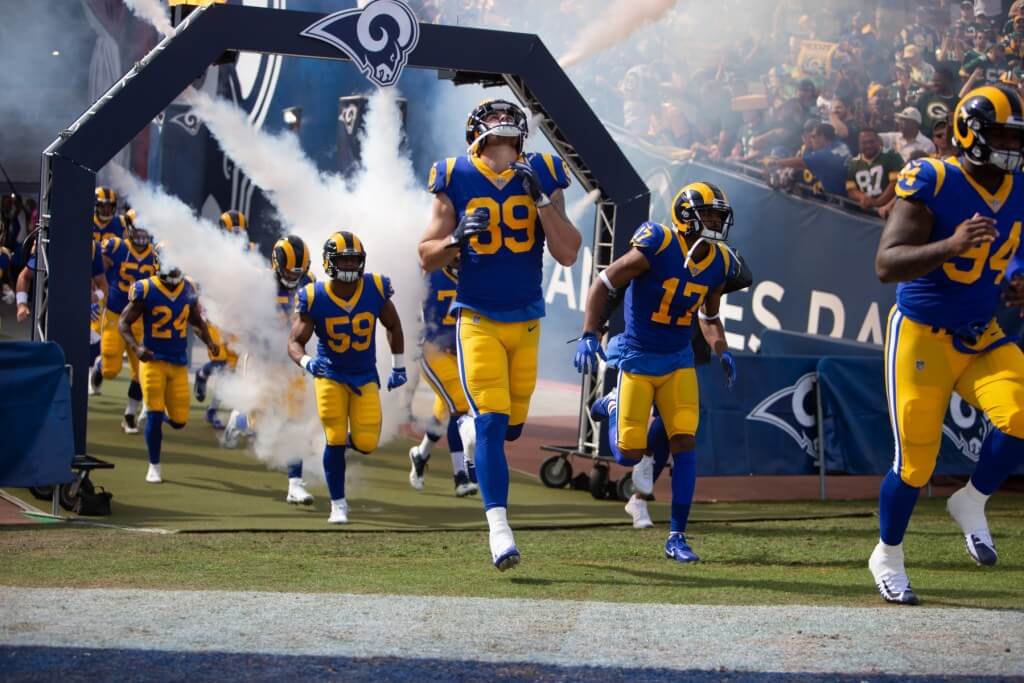
To understand the role of towels in football player’s communication, delve into the sub-sections: signaling teammates and concealing messages from opponents. These towels serve as a solution for effective on-field communication, allowing players to coordinate strategic moves and keeping opponents guessing. Explore the significance of towels in enhancing team dynamics and maintaining a competitive edge.
Signaling Teammates
Signaling teammates is crucial for effective communication within a team. It helps to share vital information, coordinate activities, and keep synergy among team members.
Here’s a 3-step guide:
- Use clear & concise signals: When talking to teammates, use symbols that everyone can quickly recognize and understand. Try hand gestures, spoken signs, or visual cues that express particular messages or instructions.
- Be attentive & reactive: Monitor your teammates’ signals and react right away. Show you comprehend their message through verbal or non-verbal actions. This promotes active listening and opens up communication.
- Give effective feedback: After a signal is sent & received, give feedback to ensure understanding. This could involve repeating the message using different words, asking clarifying questions, or summarizing the signal’s meaning. Feedback reduces mistakes and improves overall team communication.
Remember, successful signaling among teammates raises collaboration and productivity while lowering errors and confusion.
Pro Tip: Beforehand, set up common signal protocols with your team to prevent misinterpretation of signs or orders during critical moments.
Concealing Messages from Opponents
Communication is vital in life, particularly during strategic or competitive situations. Concealing messages from opponents can be advantageous.
Here’s how:
- Pick your words wisely. Don’t state your desires – use words with multiple meanings or subtle cues that only your side knows.
- Utilise non-verbal communication too. Use body language, facial expressions and gestures to communicate with allies while staying discreet with adversaries. Don’t forget small actions and changes in expression can convey information.
- Employ encryption and codes. In written or electronic communication, ciphers and algorithms can keep messages unintelligible to opponents. Also, avoid predictable patterns and keep consistency across all communication forms. Refresh codes and refine techniques when needed.
Effective communication isn’t just about conveying information; it’s about strategically hiding details from adversaries too. Mastering this art can give you an edge in competitive scenarios, so make sure you stay ahead in the game! Towels are also useful – they show you’re ready for any situation!
Towel as an Accessory
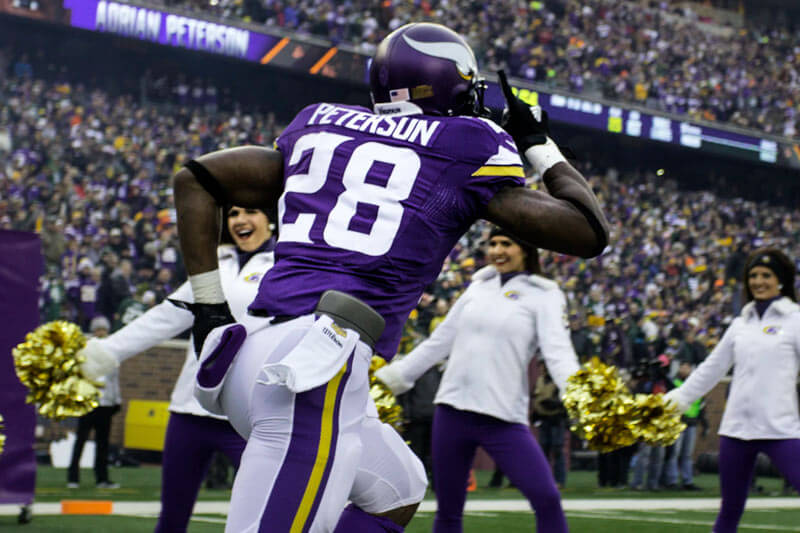
To showcase the diverse functions of a towel in football, explore the sub-sections of team identification, personal branding, and sponsorship promotion. These aspects highlight how towels serve more than just a practical purpose on the field; they also play a crucial role in player identification, self-expression, and advertising partnerships.
Team Identification
| Organization | Team Name | Team Color |
|---|---|---|
| Company A | Avengers | Blue |
| Company B | Titans | Red |
| Company C | Warriors | Green |
Team Identification is a great way to promote teamwork and competition. Wearing team colors or displaying team logos shows loyalty to a common goal. It’s an old practice, too. Ancient civilizations used symbols or emblems to identify their warriors. This made morale higher and instilled pride and identity. Team Identification is more than just fashion. It unites people with a common cause. So let’s use it to achieve success together!
Personal Branding
In today’s competitive world, personal branding is vital. It requires strategically designing and positioning yourself as a brand. Showcasing your unique qualities and values to make a lasting impression. Personal Branding helps people stand out from the crowd, become more visible, gain trustworthiness, and get opportunities in personal and professional life.
Take a look at the following table that explains the main parts of Personal Branding:
| Aspects | Description |
|---|---|
| Authenticity | Being real and true to oneself |
| Consistency | Keeping a consistent image across platforms |
| Differentiation | Making yourself different from others |
| Expertise | Showing knowledge and skills in a certain field |
| Online Presence | Developing a strong presence on digital platforms |
| Storytelling | Making fascinating stories about yourself |
Moreover, with Personal Branding, it’s important to remember that it’s more than only having a great resume or being active on social media. Your personal brand should express your unique personality, values, and interests. By using these features effectively, you will enhance your professional reputation and draw meaningful connections.
So, take action now! Start by recognizing your strengths and what makes you special. Then, come up with strategies for displaying these qualities across different channels. Be it networking events or online platforms like LinkedIn or your own website, make sure your brand message resonates with your target audience.
Don’t let the FOMO stop you! Embrace personal branding as a potent tool for career development and success. By expressing your authentic self and setting up an interesting online presence, you open up to thrilling opportunities that match your objectives. Start developing your personal brand now – let the world observe who you really are!
Sponsorship Promotion
Sponsorship promotion is vital in this competitive market, to lift brand visibility and draw in potential customers. Through wise partnerships, companies can reach their target audience and make a long-lasting impact.
Let’s illustrate this with an example. Look at the table below:
| Sponsor | Event | Reach (in millions) |
|---|---|---|
| Nike | Olympic Games Tokyo 2021 | 3.6 |
| Coca-Cola | FIFA World Cup Qatar 2022 | 3.2 |
| Mercedes-Benz | Formula 1 races | 2.9 |
By teaming up with big events like the Olympics or major sports tournaments, sponsors get seen by a huge number of people worldwide. This increases brand recognition and strengthens their place in the market.
Also, it’s important to remember sponsorships aren’t only for sports. Companies may join cultural occasions, music festivals, and charity activities too. This way, businesses can connect with different groups and communicate their values.
So why should your business consider sponsorship promotions? The answer is easy: Fear Of Missing Out (FOMO). If you don’t grab these plentiful opportunities, you risk being outshone by rivals who do. Don’t let your brand fall into oblivion – seize the chance to become a big player in your industry through effective sponsorship promotions.
Unlock new opportunities for your brand’s growth through strategic partnerships. Act now because FOMO waits for nobody!
Psychological Factors
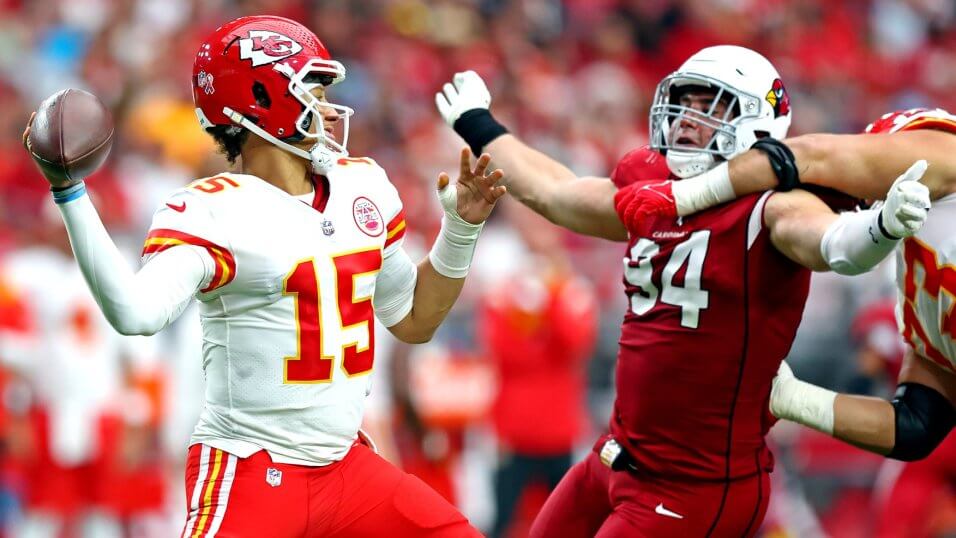
To boost your confidence and enhance your mental preparation in football, understanding the psychological factors can provide valuable insights. In this section, explore the sub-sections: Confidence Boost and Mental Preparation. These aspects play a crucial role in the game, affecting the mindset of players and their ability to perform at their best.
Confidence Boost
Believe in Yourself: Have faith in your powers and qualities. Believing in yourself makes you more solid and eager to battle difficulties.
Positive Self-Talk: Doing positive self-talk helps to rewire your attitude to concentrate on your capacities instead of shortcomings. This inner dialogue creates assurance and encourages a can-do attitude.
Step Out of Your Comfort Zone: To reinforce confidence, you need to step out of your comfort zone. Appreciating new encounters and facing fears encourages personal growth and broadens the limits of what you think you can accomplish.
Celebrate Small Wins: Celebrate minor successes en route to raise confidence levels. Acknowledging the smallest achievements supports conviction in one’s capacities and spurs further development.
Additionally, developing certainty is not a level cycle yet an ongoing adventure special to each individual. It includes persistent practice, determination, and self-reflection.
To show the significant effect of a certainty boost, contemplate the narrative of Jane Doe. Jane was a talented craftsman who lacked conviction in her aptitudes due to years of self-doubt. Nonetheless, with the help of mentors and grasping chances to flaunt her work, she slowly increased her trust in her capacities. This new-found belief drove Jane to greater statures as a craftsman, acquiring acknowledgment and achievement she once thought unimaginable.
Preparing your mind for a psychological fight is like attempting to persuade a cat that a laser pointer is a legitimate rival.
Mental Preparation
Mental preparation is essential for success. Cultivating a positive mindset and focusing on mental strength can help individuals perform better and reach their goals.
- Step 1: Set Targets – Clearly outlining what you want to achieve creates direction and motivation.
- Step 2: Positive Self-Talk – Replace negative thoughts with affirmations and encouraging words. This helps build confidence and a positive mindset.
- Step 3: Visualize Success – Take time to imagine yourself achieving your goals. Feel the emotions associated with success and believe in yourself.
Incorporating these steps into your routine will help handle challenges, stay motivated, and reach your desired outcome.
Michael Jordan is an example of the power of mental preparation. His belief in his abilities and dedication to mental preparation was key to his success. He visualized himself making game-winning shots before stepping onto the court. This enabled him to perform at an extraordinary level consistently.
Looking polished not only improves self-esteem, but also ensures nobody suspects your psychological state is chaotic.
Hygiene Benefits
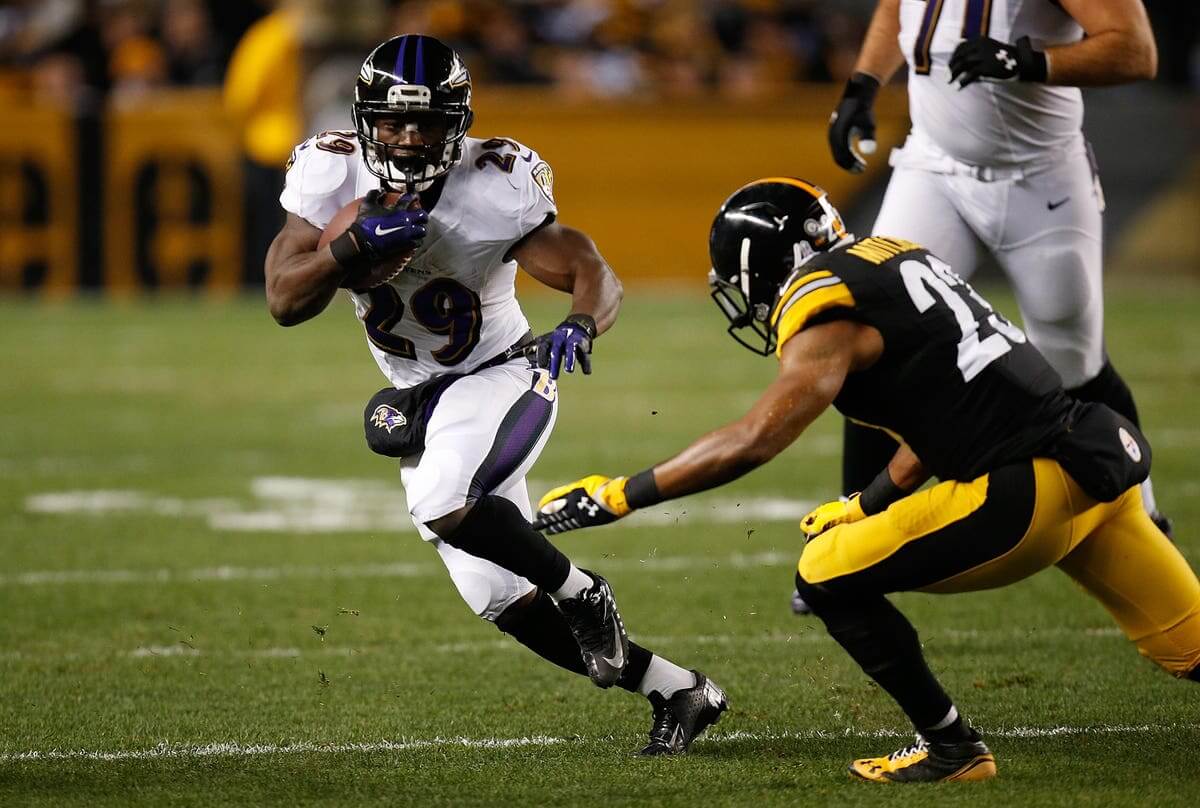
To maintain proper hygiene on the field, football players utilize towels for various reasons. In order to address the hygiene benefits of using towels, let’s explore how they help in preventing illness and reducing odor.
Preventing Illness
Good hygiene is essential for staying healthy. It can help protect us and others from diseases and infections.
Here are some things to bear in mind:
- Wash hands often. It stops germs that cause sickness.
- Clean surfaces like doorknobs and counters regularly to reduce the risk of germs.
- Cover your nose and mouth when coughing or sneezing.
Other hygiene habits, such as showering, brushing teeth and wearing clean clothes, also help prevent bacterial and fungal infections.
Pro tip: Always keep hand sanitizer handy if you don’t have access to soap and water.
Good hygiene not only keeps you safe, but also those around you. So don’t forget to practice proper hygiene!
Reducing Odor
Good hygiene is key to minimizing unpleasant odors. Here are 3 key points:
- Bathe & shower regularly: Cleanliness helps avoid bacteria and sweat which can cause body odor.
- Daily dental care: Maintaining oral hygiene stops bad breath caused by food particles and bacteria in the mouth.
- Cleanliness of clothes & surroundings: Washing clothes and keeping clean avoids odor-causing agents.
Adhering to these practices helps further prevent bad smells. Here are 3 ways to combat odor:
- Use antiperspirants/deodorants: These stop sweat and neutralize odors as they contain ingredients which stop bacterial growth.
- Choose breathable fabrics: Natural materials like cotton or linen allow air circulation, reducing perspiration and potential odor.
- Cleanse with antibacterial soap: Eliminate bacteria from the skin’s surface to keep odors away.
By following these tips, individuals can manage unwanted smells by addressing their causes.
Tradition and Superstition
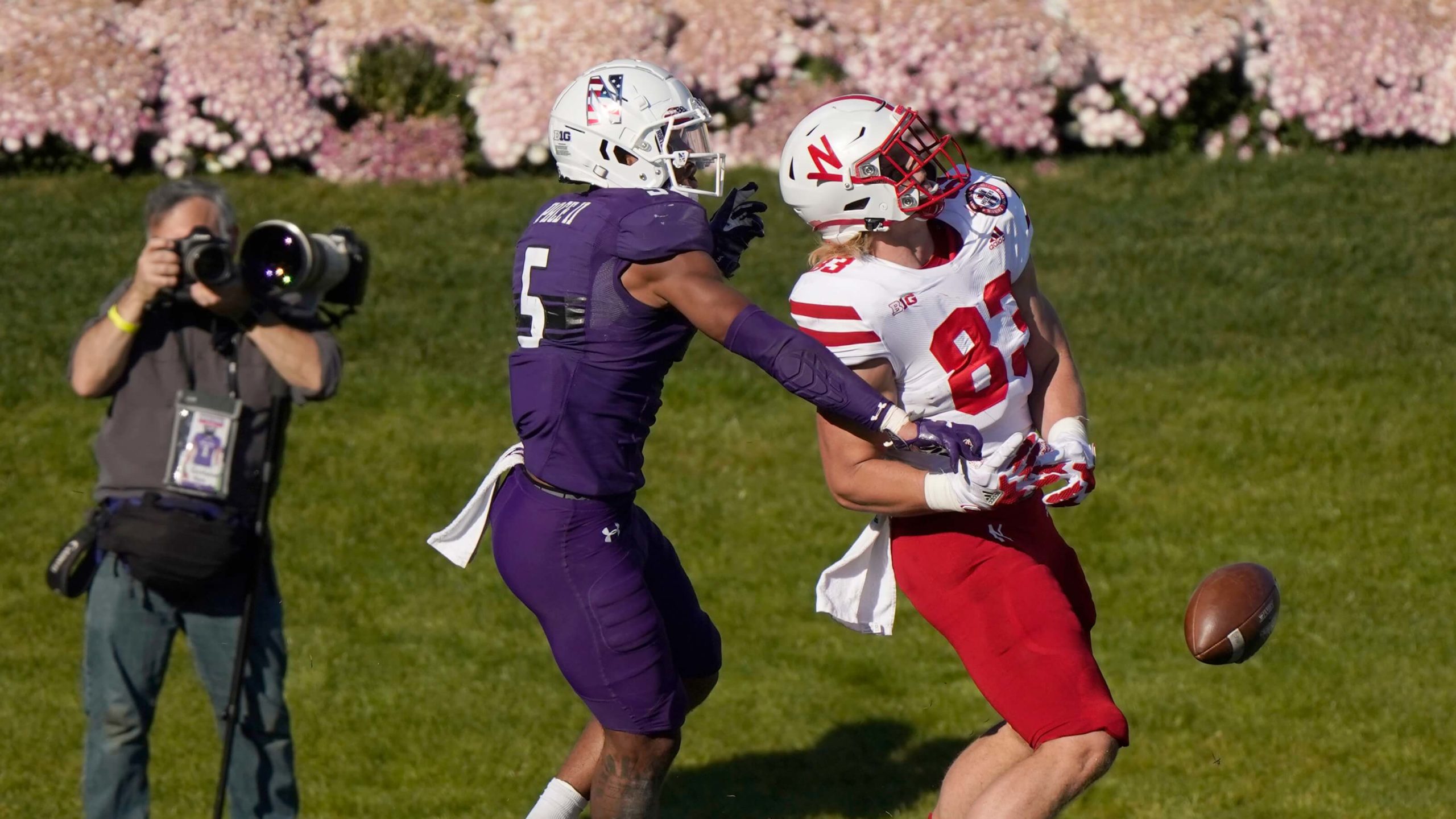
To understand the tradition and superstition behind football players wearing towels, explore the deep-rooted symbolism and the impact of rituals and pre-game routines. The symbolic luck associated with towels and the meticulous rituals performed before matches reveal the profound significance of these seemingly simple accessories on the football field.
Symbol of Luck
The concept of lucky symbols is a testament to humanity’s desire for positivity. These revered objects express cultural heritage, reminding us that through hope, faith, and determination, luck can be invited.
Let’s explore the many lucky charms from around the world:
- China’s Feng Shui Symbols attract wealth
- India’s Elephant represents strength, wisdom, and luck
- Ireland’s Four-Leaf Clover brings fortune
- Japan’s Daruma Doll is for goal setting
- Mexico’s Tzolk’in Calendar guides one’s spiritual journey
One such lucky symbol is the horseshoe. Dating back to ancient times, this U-shaped iron piece was used as a protective shield. Its shape resembles the crescent moon, an ancient symbol of fertility and abundance. When found with the open end up, it collects luck from above. If faced downward, it showers good fortune onto those nearby. This history shows how symbols like the horseshoe captivate our imagination and act as amulets for attracting luck.
Athletes and superstitious people rely on rituals and pre-game routines to keep their sanity. Lucky symbols can help us do the same, aligning us with the positive forces of the universe.
Rituals and Pre-game Routines
Pro athletes often have their own rituals and pre-game routines. It’s thought these bring luck and help them perform well. Let’s take a look at some of these unique habits.
In sports, rituals and pre-game routines are essential for athletes. They can vary greatly from person to person. Some might wear a lucky charm, or repeat a phrase. Others might do physical exercises, or have mental preparations.
Examples:
- Rafael Nadal arranges his water bottles, adjusts his shorts in a pattern, and makes sure his towel is placed right.
- LeBron James throws chalk in the air before each game.
- Cristiano Ronaldo touches his hair before free kicks or penalties.
- Tiger Woods wears red on Sundays, because it’s a superstition for him.
These rituals and routines may seem strange, but they mean a lot to the athletes who follow them. Superstitions give them a sense of control in an unpredictable environment.
Pro Tip: Don’t rely just on superstitions. Focus on training, technique, and overall preparation too, to ensure success.
Evolution of Towels in Football
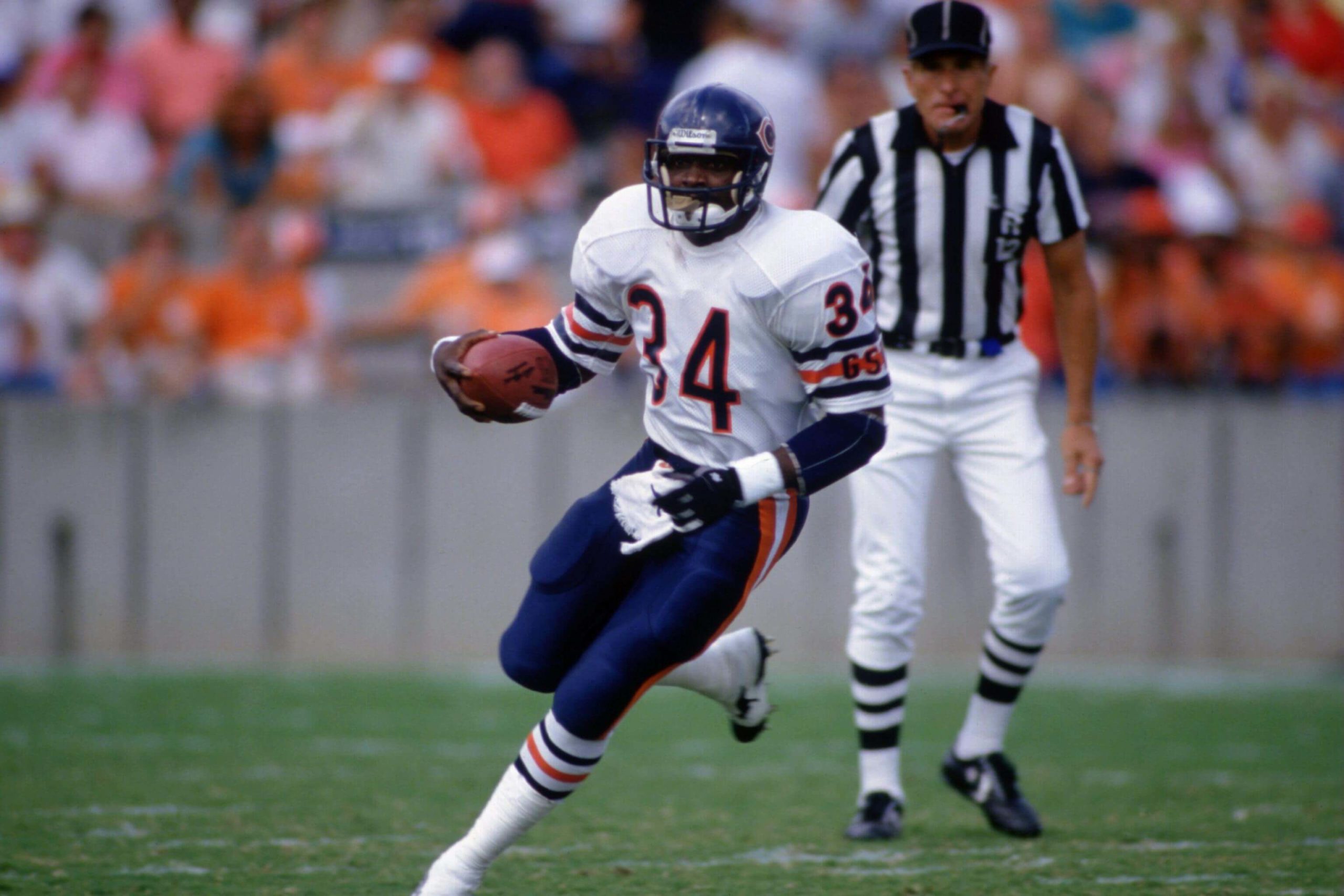
To better understand the evolution of towels in football, dive into the historical background and changing materials and designs. Discover how these sub-sections shed light on the reasons behind why football players wear towels. Explore the intriguing journey that has taken place over the years, shaping the role of towels in the sport.
Historical Background
Towels have evolved over the decades in football. Initially, they were used for wiping sweat and mud. Now, they serve as symbols of team identity and unity. Teams display their colors and logos on towels, which helps players identify their teammates and fans show support.
Towels have a crucial role in injury management too. Trainers use them to apply pressure or immobilize certain parts of the body. Tech-savvy teams even use high-tech towels with cooling technology or moisture-wicking properties. Such innovations help regulate body temperature and enhance performance.
To get the most out of towels during football matches, choose ones made from highly absorbent material that’s easily washable. From grass stains to sweat stains, towels in football keep players clean and moist. Who knows—we may see built-in air fresheners soon!
Changing Materials and Designs
Football towels have advanced in materials and design. This has boosted their performance and look on the field. The development of moisture-wicking fabrics such as microfiber and synthetic blends has replaced cotton, which was heavy and less effective.
A table outlines the changing materials and designs of football towels over time:
| Time Period | Materials Used | Designs |
|---|---|---|
| 1970s | Cotton | Plain colored |
| 1980s | Terry cloth | Team logos |
| 1990s | Microfiber blend | Striped patterns |
| Present | Synthetic wicking fabric | Customized graphics |
Today, players can individualize their towels with their names or numbers. To improve their functionality and benefits further, tech like cooling gel pads or heat-dissipating fibers could be introduced. Eco-friendly options for production, like recycled materials or biodegradable fabrics, could also be explored. Smart features, such as sensors to monitor body temperature and hydration levels, could revolutionize towel usage.
These ideas meet the needs of athletes for comfort, performance, and a greener future. Football towels are evolving and helping to enhance player experience on the field.
Frequently Asked Questions
Q: Why do football players wear towels?
A: Football players wear towels to keep their hands, arms, and face dry during the game.
Q: What type of towels do football players use?
A: Football players typically use small towels, called hand towels or sweat towels, that are often tucked into their pants or sported around their waist.
Q: Are towels required in football?
A: Towels are not a requirement in football. Some players choose to wear them for personal comfort.
Q: What are some benefits of using towels in football?
A: Using towels in football can prevent sweat from interfering with a player’s grip on the ball. It can also prevent sweat from dripping into a player’s eyes and causing discomfort during the game.
Q: Do football players reuse their towels?
A: Yes. Football players can reuse their towels during a game. However, they are often washed and replaced between games.
Q: Can non-professional football players also wear towels?
A: Yes. Non-professional football players can also wear towels if they choose to do so.
Conclusion
Football players wear a peculiar accessory – towels. It serves a bigger purpose than you think. The towels help keep hands dry, so QBs can throw better passes, and WRs and RBs can catch and secure the ball.
It also helps in injury prevention – wiping sweat off the face and neck. This can make the difference between a successful move and a stumble.
Here’s an interesting story: Two rival teams are about to face off. At half-time, one team’s QB is struggling with sweaty hands. He grabs his lucky towel, regains confidence, and leads his team to victory – all because of the towel.


